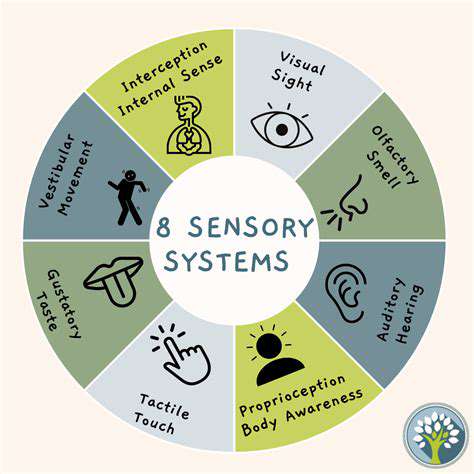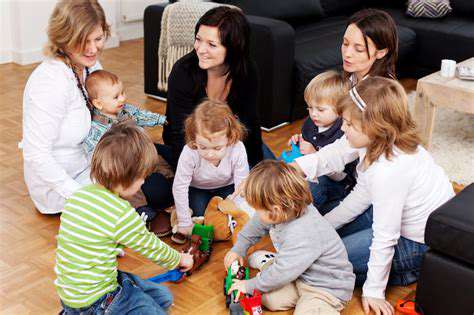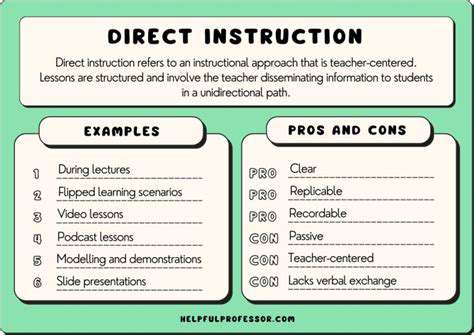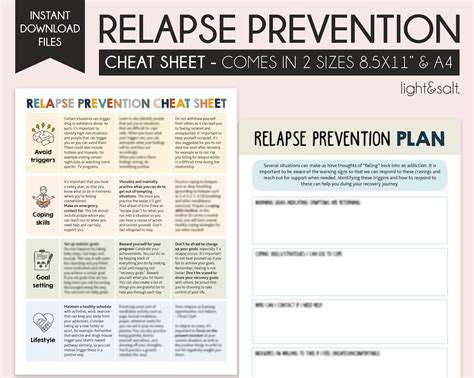Understanding the Sensitive Periods of Puppy Development
Early Exposure: Crucial for Shaping a Pup's Personality
Early socialization is a critical period in a puppy's development, laying the groundwork for their future interactions with the world. Exposing puppies to various sights, sounds, smells, people, and other animals during this sensitive period helps shape their personalities and build their confidence. This early exposure helps them learn to cope with different situations and stimuli, preventing fear and aggression later on. The experiences they have during this time dramatically affect their ability to adapt and thrive in a diverse range of environments and social settings. Consistent positive interactions are key to fostering a well-adjusted, confident, and well-behaved canine companion.
The ideal socialization window typically occurs between three and twelve weeks of age, although continued exposure is important throughout the puppy's life. Remember to introduce these experiences gradually and positively, ensuring the puppy feels safe and comfortable. Avoid overwhelming the puppy with too many new things at once. Positive reinforcement techniques should be employed during these interactions, focusing on rewarding desired behaviors rather than punishing unwanted ones. This will help create a positive association with new experiences, solidifying the puppy's trust and confidence.
Building Positive Associations: The Power of Training
A key aspect of early socialization involves building positive associations with various experiences. This includes introducing puppies to different people, dogs, and environments in a controlled and positive manner. Positive reinforcement training methods play a vital role in this process. By rewarding calm and appropriate behaviors, owners can shape the puppy's responses to new stimuli. This creates a positive association with the experience, making the puppy more likely to approach new situations with confidence and enthusiasm rather than fear or aggression.
Consistent training routines, starting from a young age, help puppies learn to respond appropriately to commands and cues. These routines not only teach obedience but also create a structured environment that helps puppies feel secure and understand expectations. This structured approach fosters a strong bond between owner and puppy, promoting a sense of trust and understanding. Furthermore, consistent training helps in managing potential behavioral issues that may arise as the puppy matures.
Creating a Secure and Stimulating Environment: A Crucial Foundation
Providing a secure and stimulating environment is essential for a puppy's healthy development. This includes creating a safe haven where the puppy feels comfortable and protected. A designated area with familiar objects and textures provides a sense of security and allows the puppy to retreat when feeling overwhelmed. This is particularly important when introducing new stimuli or social interactions. A consistent and predictable environment helps the puppy feel more confident and less anxious.
Providing opportunities for appropriate physical and mental stimulation is equally important. This could include interactive toys, puzzles, and opportunities for exploration within a safe, controlled environment. Physical exercise is important for both physical and mental well-being. Engaging activities help channel energy, reduce stress, and promote healthy development.
A well-structured environment filled with positive experiences, and appropriate stimulation, will contribute significantly to the overall development of a well-adjusted and confident puppy. A calm and predictable environment fosters security and trust, which are crucial components of early socialization. Consistent routines and a safe haven allow the puppy to explore and learn without fear of overwhelming sensations.
Encouraging exploration while providing a safe space to retreat aids in building confidence and resilience. This approach allows the puppy to develop a strong sense of self-assurance in unfamiliar situations. Creating a balanced environment promotes a well-rounded development.
The Sensory Explosion: Developing a Healthy Perception of the World

Unveiling the Wonders of Sensory Perception
Our senses are our windows to the world, allowing us to experience the beauty and complexity of our surroundings. From the vibrant colors of a sunset to the delicate aroma of freshly baked bread, sensory experiences shape our understanding of the world and profoundly influence our emotional responses. Developing a keen awareness of our senses can lead to a richer and more fulfilling life, allowing us to appreciate the nuances of everyday experiences.
The sensory world is a constant source of stimulation, and the more we engage with it, the more we unlock our potential for creativity, empathy, and overall well-being.
The Role of Touch in Sensory Exploration
Tactile experiences are fundamental to our development and understanding of the world. From the gentle caress of a loved one to the rough texture of a stone, touch provides a powerful connection to our environment. This sense allows us to explore the physical properties of objects, fostering a deeper appreciation for the material world. It also plays a crucial role in emotional development, providing comfort and security through physical contact.
The Impact of Sight on Our Perceptions
Vision is arguably our most dominant sense, shaping our perceptions of the world around us. The vibrant colors, intricate patterns, and breathtaking vistas we witness through our eyes profoundly influence our moods and emotions. The ability to see allows us to navigate our surroundings and appreciate the beauty of nature.
Visual stimuli play a crucial role in learning and memory, allowing us to process information and create lasting memories.
The Power of Sound in Shaping Experiences
Sound, from the gentle rustling of leaves to the thunderous roar of a waterfall, is an integral part of our sensory experience. The sounds we hear shape our emotional responses and create a soundtrack to our lives. Music, in particular, has the power to evoke profound emotions and memories, transporting us to different times and places.
The sounds of our environment, both natural and man-made, provide context and meaning to our daily lives.
The Importance of Smell in Sensory Appreciation
Smell is a deeply evocative sense, capable of triggering vivid memories and powerful emotions. The aroma of freshly cut grass, the scent of rain on hot asphalt, or the delicate perfume of a flower can all evoke strong emotional responses. The sense of smell has a profound impact on our well-being and can influence our mood and behavior.
Taste: Connecting with Flavor and Nourishment
Taste, often intertwined with smell, allows us to experience the diverse range of flavors in the world. From the sweet taste of a ripe strawberry to the savory complexity of a gourmet meal, taste provides a unique connection to the culinary world and the nutritional needs of our bodies. It plays a critical role in our enjoyment of food and is closely linked to our sense of well-being.
Developing Sensory Awareness: A Journey of Discovery
Cultivating a greater awareness of our senses can enrich our experiences and deepen our connection with the world around us. Through mindful observation and engagement with our surroundings, we can unlock a new appreciation for the nuances of everyday life and develop a greater understanding of ourselves and the world around us. By paying closer attention to the sensory details of our environment, we can cultivate a deeper sense of appreciation and connection. This heightened awareness can lead to a more fulfilling and enriching existence.
Modern technology relies on a complex web of interconnected foundational elements. These core technologies act as the invisible scaffolding supporting everything from smartphones to supercomputers. Semiconductor breakthroughs enable faster processing, while innovative circuit designs push the boundaries of miniaturization. On the software side, evolving programming paradigms and operating system architectures continuously redefine what's possible.


Read more about Understanding the Sensitive Periods of Puppy Development
Hot Recommendations
- The Impact of Early Socialization on a Dog's Interaction with Other Animals
- Car Travel and Puppy Socialization: Making the Journey a Positive Experience
- The Importance of Early Environmental Exposure for Puppy Development
- Taking Your Puppy to the Vet: Positive Socialization Strategies
- Making Training a Positive Experience for Your Puppy
- Public Transportation and Puppy Socialization: A Step by Step Guide
- Safe Socialization: Allowing Others to Pet Your Puppy
- Helping a Puppy Who Struggles with "Stay"
- Positive Puppy Interactions: Making Meetings with New Friends Fun
- No Treats Needed? Training Basic Commands with Verbal Praise











